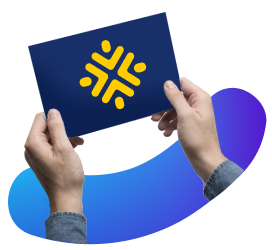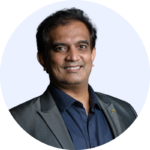Programmable SMS solutions allow developers to embed SMS functionality into their applications and business operations.
Many businesses aim to exceed expectations with little delights – like warm chocolate chip cookies waiting for you in the hotel room. However, research from Gartner shows that exceeding expectations, or delighting customers, has little impact on customer loyalty and actually increased operational costs 10-20%!
So should you just aim to meet customer expectations or exceed them?
I believe the key lies in reducing customer effort – the amount of effort customers must use to resolve a service issue. And between you and me, I’m one of Apple’s die-hard fans who always says, ‘Everything about Apple is just easier’. Just like Apple, you too can engineer ‘low customer effort’ that maximises customer experience in your business.
But first…
What does high and low customer effort look like?
Let’s say a customer calls. They enter their details into the Interactive Voice Response (IVR). They get diverted from agent to agent and are asked for the same details repeatedly.
This is a textbook case of high customer effort that will turn away users. It’s a real problem as Toku Consumer Engagement Research in 2022 showed that 82% of Singapore consumers do not want to engage with more than 2 touchpoints for any communication.
However, if you keep the interaction details from one channel to the next, then agents have the full context to resolve customer issues without asking for the same details. This is a ‘low customer effort’ experience.
Here are some ways to reduce customer effort
Don’t make customers repeat themselves
With a CRM integration in your Contact Centre as a Service (CCaaS) it is easy to transfer calls and update customer records on the go so that agents don’t have to ask the same questions again. Also, a CCaaS with omnichannel capability will allow agents to process queries and share contextual detail across multiple channels.
Embed communications channels in your app to reduce friction
When you embed calling capability in your enterprise’s app, you’re reducing friction and building trust in the customer experience because customers will not have to exit your app, search your phone number and call you. Toku research has shown that 67% of consumers prefer to stay within the app environment for all communications with the company, rather than navigate through other channels.
Anticipate future needs of your customer
If you resolve queries on the first call, only for the customer to call back again for a related issue, then that is adding on to the customer effort. On that point, Toku research showed that on average, Singapore consumers are willing to spend a maximum of 8 minutes on phone support.
Use that time to anticipate the customer’s future needs and proactively address them on the call. You can achieve this by giving agents better training on products and common issues for troubleshooting.
Add self-service options
If customers don’t have to speak to an agent (because you have built in solid self-service options), that is a real win for reducing customer effort because many issues can be quickly resolved by customers on their own at their own convenience.
Toku tip: Introduce an Interactive Voice Response (IVR) with self-service options for basic common queries. Also, constantly update your website’s knowledge base for common product queries.
Conclusion
Aim to reduce customer effort as it’s often more operationally efficient at driving customer loyalty than customer delight tactics. When you create a near effortless customer experience, the result can be a truly delightful customer experience.
 Ana Castrillon
Ana Castrillon 


 Vidhi Agarwal
Vidhi Agarwal 
 Rajesh Gopinathan
Rajesh Gopinathan 
 Nora Huin
Nora Huin